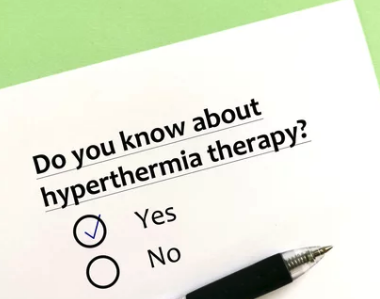

Please fill out our Contact Form so our Patient Coordinator can reach you and schedule your free online consultation.

|
Dr Juan M Garcia de Leon B2022-07-02 |
Highlights • The impact of hyperthermia depends on exposure time and temperature • Hyperthermia can increase tumor blood flow and vascular permeability • Hyperthermia can increase tumor pH and increase chemotherapeutic efficacy • Hyperthermia can reduce hypoxia and increase radiotherapy efficacy • Hyperthermia can decrease fluid pressure and increase nanomedicine accumulation. NK cells, Dentridic cell therapy will target the cancer cells when they are fraile after heat exposure

Hyperthermia (HT) is a cancer treatment modality which targets malignant tissues by heating to 40–43 °C. In addition to its direct antitumor effects, HT potently sensitizes the tumor to radiotherapy (RT) and chemotherapy (CT), thereby enabling complete eradication of some tumor entities as shown in randomized clinical trials. Hyperthermia has demonstrated clinical success in improving the efficacy of both chemo- and radio-therapy in solid tumors. Pre-clinical and clinical research studies have demonstrated that targeted hyperthermia can increase tumor blood flow and increase the perfused fraction of the tumor in a temperature and time dependent manner. Changes in tumor blood circulation can produce significant physiological changes including enhanced vascular permeability, increased oxygenation, decreased interstitial fluid pressure, and reestablishment of normal physiological pH conditions. These alterations in tumor physiology can positively impact both small molecule and nanomedicine chemotherapy accumulation and distribution within the tumor, as well as the fraction of the tumor susceptible to radiation therapy. Hyperthermia can trigger drug release from thermosensitive formulations and further improve the accumulation, distribution, and efficacy of chemotherapy.






One of our representatives will contact you in less than 24 hours.

